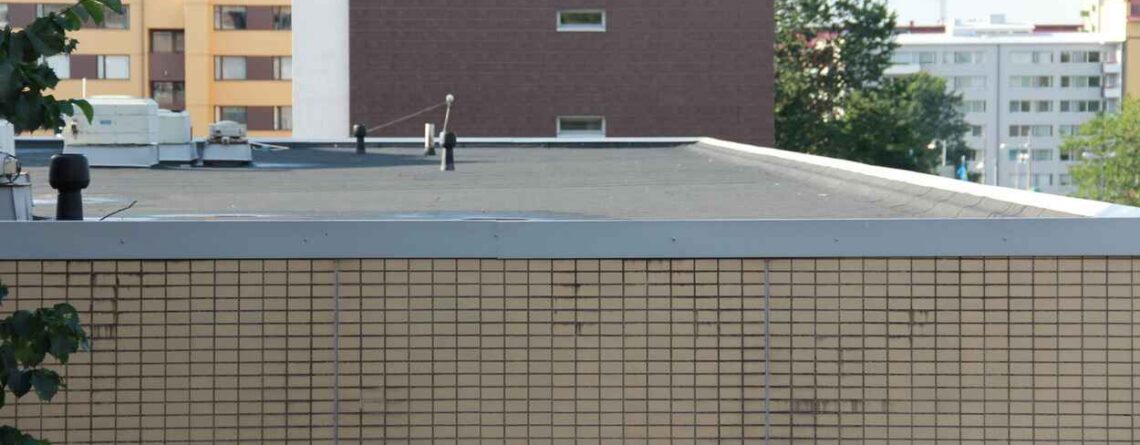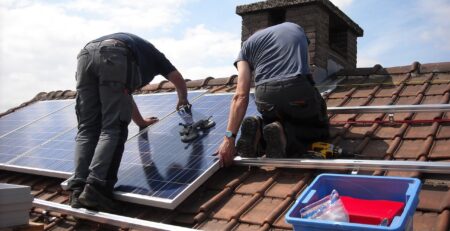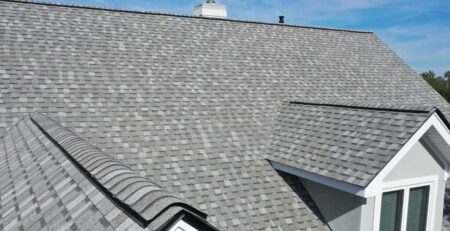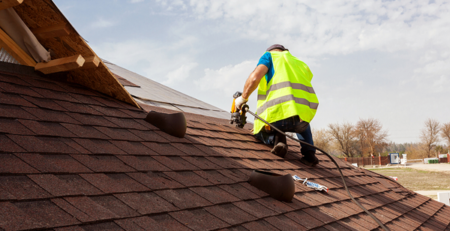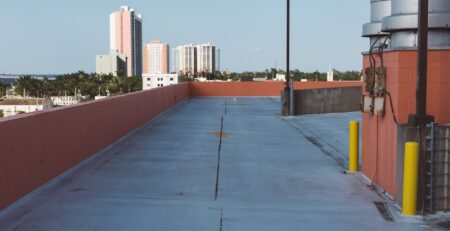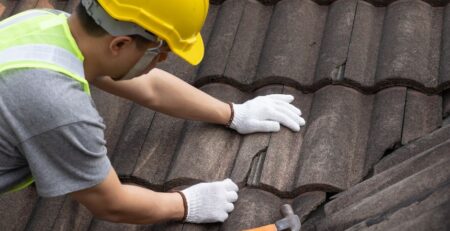How Much Weight Can a Flat Roof Support
Understanding the weight-bearing capacity of a flat roof is crucial for ensuring the structural integrity and safety of a building. Various factors come into play, such as the design of the roof, the materials used, and environmental considerations. However, pinpointing an exact number can be complex due to the interplay of these variables. Snow load, for example, can significantly impact how much weight a roof can sustain momentarily. Stay tuned as we uncover the nuances of weight capacity on flat roofs and explore the measures to safeguard against potential risks.
Common Factors Affecting Weight Capacity
Factors affecting weight capacity on flat roofs vary depending on several key elements. One crucial aspect is the structural integrity of the roof itself. The materials used, the design of the roof, and any existing damage or deterioration can all impact how much weight the roof can safely support. Additionally, adherence to building codes is essential in determining weight capacity. Building codes provide guidelines on the maximum load that a flat roof can bear, considering factors like the materials used, the roof’s slope, and the geographical location.
Ensuring compliance with these codes is vital to prevent roof overloading and risking structural failure. Property owners can determine the safe weight capacity of their flat roofs by carefully assessing structural integrity and following building codes.
Snow Load Considerations
Considering a flat roof’s weight-bearing capacity, it is imperative to address the impact of snow loads on the roofing system’s structural integrity. Snow load considerations are crucial in determining the safe weight limits a flat roof can withstand.
Impact of Roof Materials
The selection of roof materials plays a vital role in determining a flat roof system’s structural integrity and longevity. Material durability directly impacts the weight distribution that a flat roof can support. Choosing highly durable materials ensures the roof can withstand various loads over time without compromising its structural integrity. Additionally, the weather resistance of roof materials is essential for protecting the roof from environmental factors that could lead to deterioration. Ensuring that the materials used have excellent weather resistance properties will contribute to the overall longevity of the flat roof system. Therefore, selecting roof materials that offer both durability and weather resistance is critical to maintaining the structural integrity of a flat roof.
Maintenance Practices for Longevity
Diligently adhering to prescribed maintenance practices is imperative to ensure a flat roof system’s longevity and optimal performance. Proper maintenance not only extends the roof’s lifespan but also helps avoid costly repairs and structural damage. Key practices include:
Regular Inspections: Scheduled inspections help in identifying minor issues before they escalate, ensuring timely repairs and preventing extensive damage.
Proper Drainage: Ensuring that the roof has adequate drainage systems helps prevent water ponding, which can lead to roof deterioration and leaks.
Preventive Maintenance: Implementing a proactive maintenance plan that includes regular cleaning, sealing, and promptly addressing any issues can significantly prolong the life of the flat roof system.
Professional Assessment and Safety Measures
Engaging a certified roofing professional is essential for thoroughly evaluating the flat roof’s structural integrity and implementing necessary safety measures. Structural inspection by a qualified expert is crucial to assess the roof’s ability to withstand additional weight. This inspection involves examining the roof’s materials, supports, and overall condition to accurately determine its load-bearing capacity. Additionally, load calculations ensure that any added weight, such as HVAC systems or snow accumulation, is within the roof’s maximum capacity.
Safety measures professionals recommend may include reinforcing weak areas, redistributing loads, or installing support systems to enhance the roof’s strength and stability. Prioritizing these assessments and measures can prevent structural failures and ensure the safety of the building and its occupants.

